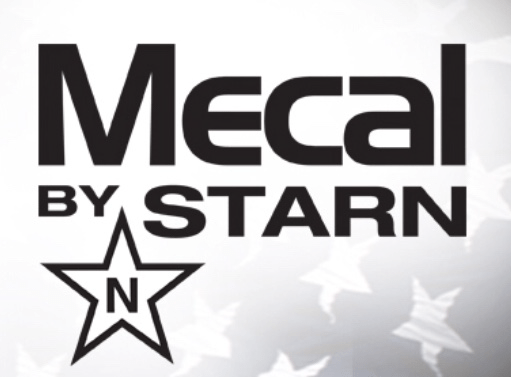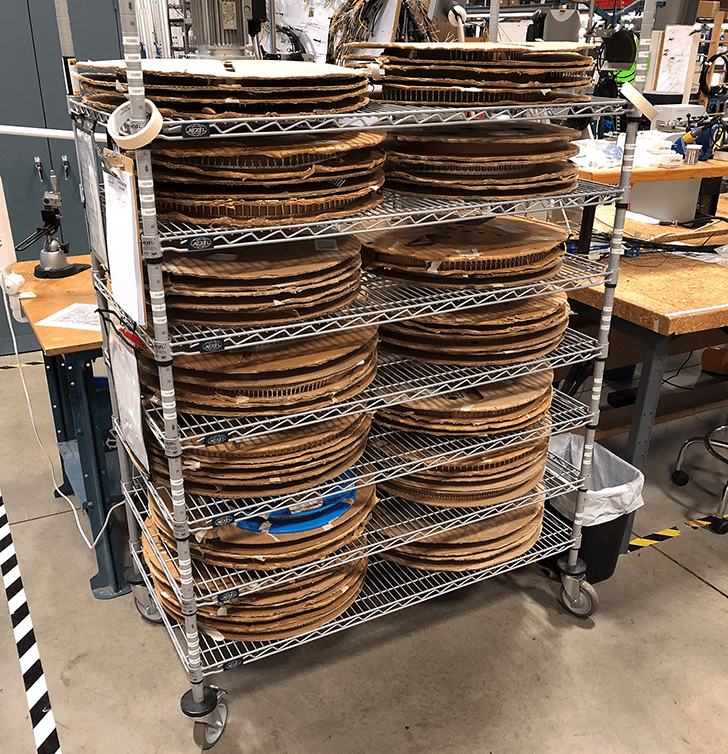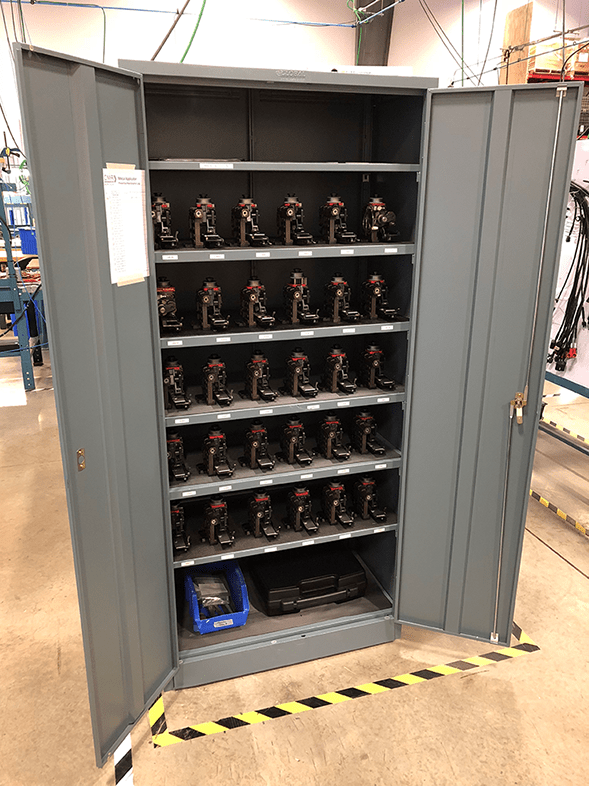By Joe Tito
Proper training is key to enhancing equipment lifespan and efficient product flow. Nowhere is this need more important than with crimp applicators in a wire harness facility. Several years ago, Mecal by Starn developed a formal training course on the proper care and use of their applicators.
WHN caught up with Bill Starn, President of Mecal by Starn, and John Belovarac, Operations Manager, to discuss the program and how it benefits them, their customers and the industry as a whole. Later, Chuck Dawgiello, Manufacturing Engineer, and Chad O’Roark, Flex Cell Team Lead, from CMR Group’s Leetsdale PA facility, were on hand to talk about their experience with the Mecal training program. After the interview, John provided a brilliant narrative of some great points that hold true for all brands of applicators. You can find those points in the accompanying article in this issue titled: Primer in Diagnosing Crimp Applicator Issues.
Mecal by Starn developed their training program about eight years ago. As Bill recalled, “We found there were a lot of people out there using the applicators improperly; they didn’t understand how they functioned; and there really wasn’t anybody out there teaching them anything.” He lamented that when a problem arises in the crimp process, the applicator is the first component to come under scrutiny. “A lot of times the applicator is to blame when it really isn’t the applicator,” said Bill, “and we found people were getting out a screw driver and making adjustments to the applicators without analyzing the system as a whole, and that just creates a mess.” John then added, “The thing we found interesting is that most of our customers just don’t like reading directions.” So, the training was developed to help folks troubleshoot problems, not just with the applicators, but with the entire crimping process.
Mecal by Starn has a special training room set up at their facility, and can accommodate a class size of five. Each station has applicators and all the tools necessary to make the proper adjustments and maintenance protocols. “All they have to do is get to Meadville Pennsylvania, get a hotel room, and we’ll train them for free in about a day and a half,” mentioned Bill. They mentioned that Mecal by Starn will also perform on-sight training for a fee to cover costs. They asserted, however, that the training in Meadville provides a better platform for learnings as it’s free of distractions.
The syllabus is geared towards the basic mini applicator. As Bill stated, the goal is to understand what equipment they are using in conjunction with their Mecal applicators, and where they are having issues in their operation. Then they fine tune the instruction based on those parameters. “Obviously, there’s a proper procedure for putting the applicator in the press and making sure your not going to crash the tool,” Bill said. “But many of our customers have multiple applicators that they switch in and out of the press all day long, and they want to be able do those changes quickly. As long as the height is set properly on the press and you have a well-adjusted, well maintained applicator, you should easily be able to do that.”
As a partner with Mecal Italy, Mecal by Starn receives the applicator housings from Italy, and customizes the components for markets in the United States, Canada, and Mexico. Part of the training is taking students through the actual manufacturing process so they better understand the applicators, and can gain an appreciation for the quality and craftsmanship required to produce them.
It doesn’t matter what level of expertise attendees have. They can accommodate folks who have only a rudimentary understanding of the products, but they can also teach an old dog some new tricks. Bill summed it up saying, “The smarter they are, the better equipped they are to get their product out the door.” He also mentioned they make a better customer. “Their technical expertise is greater, so their ability to call us with a specific question is better because they’ve learned the right language, and they can identify the right parts.”
Bill Starn is encouraged by the training efforts he sees not only from providers of other levels of wire processing equipment, but by his competitors as well. “I’d like to mention that I appreciate the fact that Rob Boyd from Schleuniger did that article on applicator maintenance (WHN March/April 2018),” Bill feels passionately that if the industry can help all customers build better products, the OEMs and those who ultimately receive the end product will benefit. “It’s good for the country to have better skills and knowledge throughout all levels of industry.”
Feedback from Class Attendees
It seemed fit to speak with a couple of former students. Chad Dawgiello and Chuck O’Roark described their recent experience with Mecal by Starn’s training program. “I’ve used Mecal products for years, and I didn’t think the training was going to show me much,” said Chuck, “but I had no idea what I didn’t know!” He added, “We got a lot of hands-on experience on the preferred way to introduce the applicator into the press, and the proper way to slide the terminals along the guide without having them catch.” They were able to do cross section analysis and learn how the adjustments to the applicator affect the various internal dimensions of the crimp.
When asked what practical directives they put into place post training, they were quick to mention how they scheduled preventative maintenance on the 30 or so applicators that CMR stocks. “We’ve gone back through and preformed the fine-tuning adjustments and lubrication on our applicators that have been around for a long time, and it’s creating better crimps,” Chuck mentioned. They also began to store the applicators in a designated cabinet, instead of on a shelf where dust can collect in sensitive areas (Fig 1).
Chuck and Chad also learned a better way to store their terminals. They now store them flat on a pie shelf (Fig 2).

“Using the pie shelf and taping the ends of the reels has helped us keep the terminals safe so they don’t get damaged,” advised Chad. They saw firsthand during the training how damaged terminals can cause issues with the applicators.
Overall, the training was key in some of the continuous improvements CMR has made to their crimp process. In concluding their remarks, Chuck enthusiastically mentioned, “If they add any other types of training, we’ll be the first ones to run up there!”

